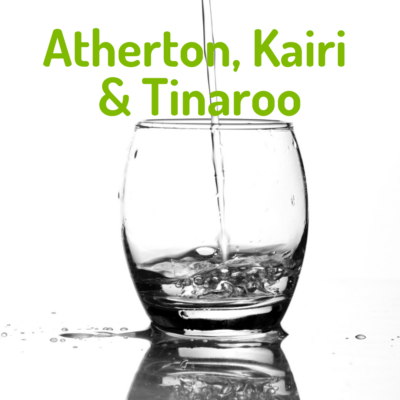
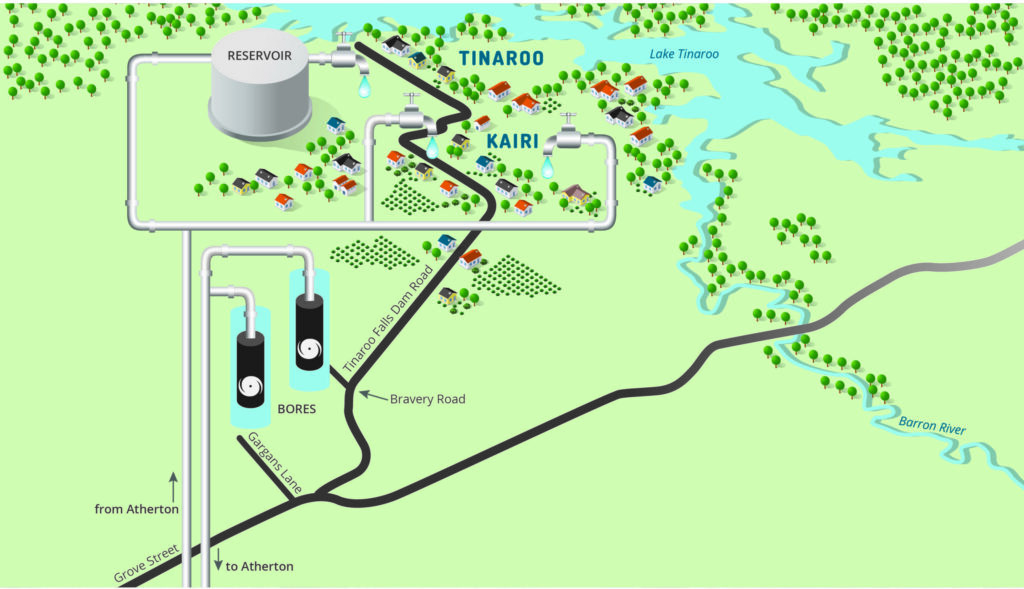
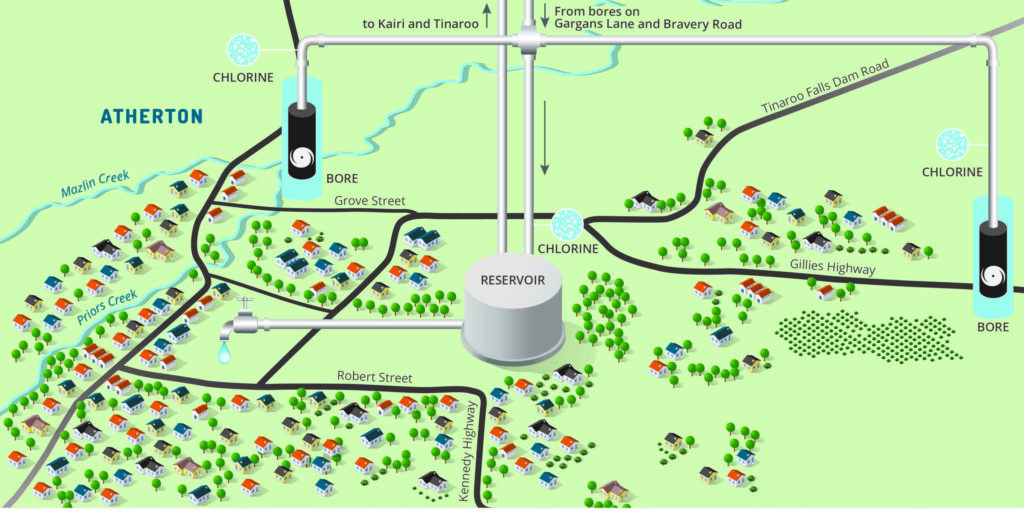
Water is supplied from bores on Gargans Lane, Bravery Road, Gillies Highway and Grove Street. The water is chlorinated before being delivered to reservoirs and properties.
Carrington, Hastie and Ravenshoe Roads Area
After extreme weather events, high turbidity (cloudiness) means that chlorination is not effective and properties are placed on boil water notices for extended periods of time. In January 2018, the testing process conducted after a boil water notice was issued identified the presence of Cryptosporidium so boil water notices remained in place for over 12 months.
Rest of the Water Supply Area
A lack of strategic planning and appropriate investment over time has raised questions over our ability to meet water quality requirements in accordance with Australian Drinking Water Guidelines, and to provide water to the community at the lowest possible whole-of-life cost while meeting current and future demands.
A region-wide Water Supply Strategy has been developed with a $607,000 grant from the Queensland Department of State Development, Manufacturing, Infrastructure and Planning’s (DSDMIP’s) Maturing the Infrastructure Pipeline Program. The strategy has determined the most efficient and effective solution to improve the reliability of our water sources, meet water quality requirements in accordance with Australian Drinking Water Guidelines, and optimise our infrastructure to ensure potable water can be provided to the community at the lowest possible whole-of-life cost while meeting both current and future demands.
- New booster pump stations on Carrington and Page Roads.
- Pressure reduction valves on residential properties on Carrington Road and in the Upper Barron area.
- Isolation valve and thrust block to allow for closure of Upper Barron raw water main.
- Condition assessment and cleaning of Twelfth Avenue reservoirs.
- Reroofing and recommissioning of 9ML Twelfth Avenue reservoir.
- Replumbing of Twelfth Avenue reservoir inlets and outlets.
- Enhanced supervisory control and data acquisition monitoring.
- New Bravery Road bore to increase the reliability of water supply and allow for maintenance.
- Enhancement of chlorination system.
- Reconfiguration of Twelfth Avenue pipework.
- Connection of properties in the Ravenshoe Road, Carrington Road and Hastie Road areas to the reservoirs on Twelfth Avenue so they
are no longer on boil water notices. - New and replacement water mains to Hastie Road, Tate Road and Herberton Road areas for improved pressure management and system control.
- Valve to Ravenshoe Road main for better system control.
- Decommissioning of the old chlorinator on Gargans Lane.
- New pipework from the bores to the reservoir.
- New roofs on Tandara and Tinaroo lookout reservoirs.
- Water network model updated.
- Review of future demands (to 2041).
- Pipeline replaced on Black Gully Road.
- Demand Management Initiatives Report completed.
Subject to funding.
Short Term
- Investigate new bore field in the northwest zone of Atherton Groundwater Management Area.
- Apply for new bore water allocations to new bore field subject to successfully finding suitable new bore supplies.
- Water network upgrades to cater for population growth.
Long Term
- Transfer of surface water allocations (Scrubby Creek to Picnic Crossing).
- Design and build new water treatment plant in Atherton (post 2041).
- Design and build new water intake at Picnic Crossing and pipeline to water treatment plant in Atherton (post 2041).
- Extend pipeline from Upper Barron to new water treatment plant in Atherton (post 2041)
- Commission new water treatment plant in Atherton (post 2041).
- Implement demand management initiatives.
We are seeking funding to implement the recommendations in the Water Supply Strategy.

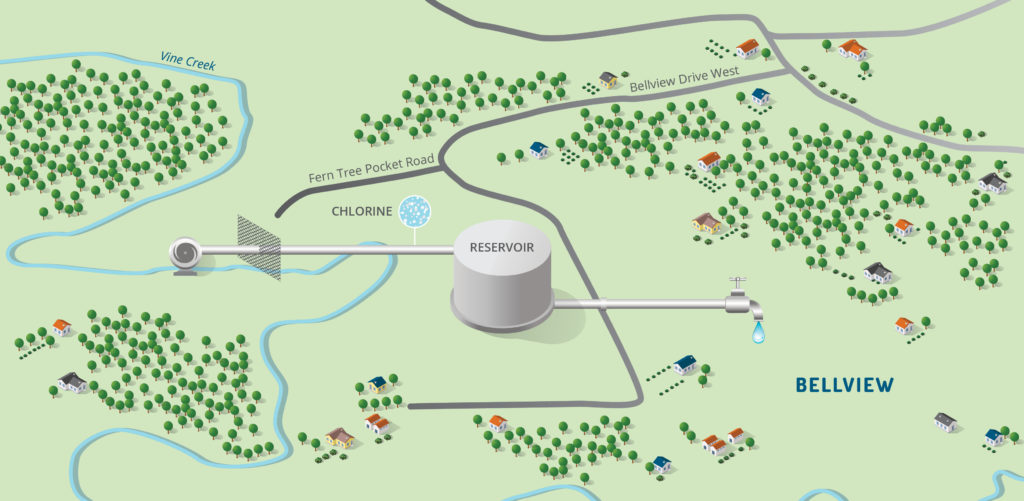
Water is supplied from Vine Creek. The water is screened and chlorinated before being delivered to reservoirs and properties.
After extreme weather events, high turbidity (cloudiness) means that chlorination is not effective and the Bellview community is asked to reduce consumption so the stored and treated water is not depleted. If the stored supply runs out, boil water notices are issued.
A region-wide Water Supply Strategy has been developed with a $607,000 grant from the Queensland Department of State Development, Manufacturing, Infrastructure and Planning’s (DSDMIP’s) Maturing the Infrastructure Pipeline Program. The strategy has determined the most efficient and effective solution to improve the reliability of our water sources, meet water quality requirements in accordance with Australian Drinking Water Guidelines, and optimise our infrastructure to ensure potable water can be provided to the community at the lowest possible whole-of-life cost while meeting both current and future demands.
- Backup power installed for chlorination systems.
Subject to funding.
Short Term
- Implement water efficiency measures.
- Identify water treatment options to improve drinking water quality.
- Construct preferred option.
Long Term
- Implement demand management initiatives.
We are seeking funding to implement the recommendations in the Water Supply Strategy.
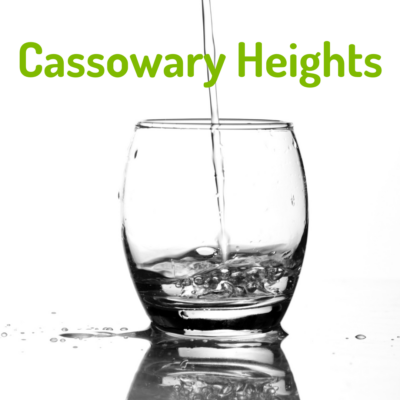
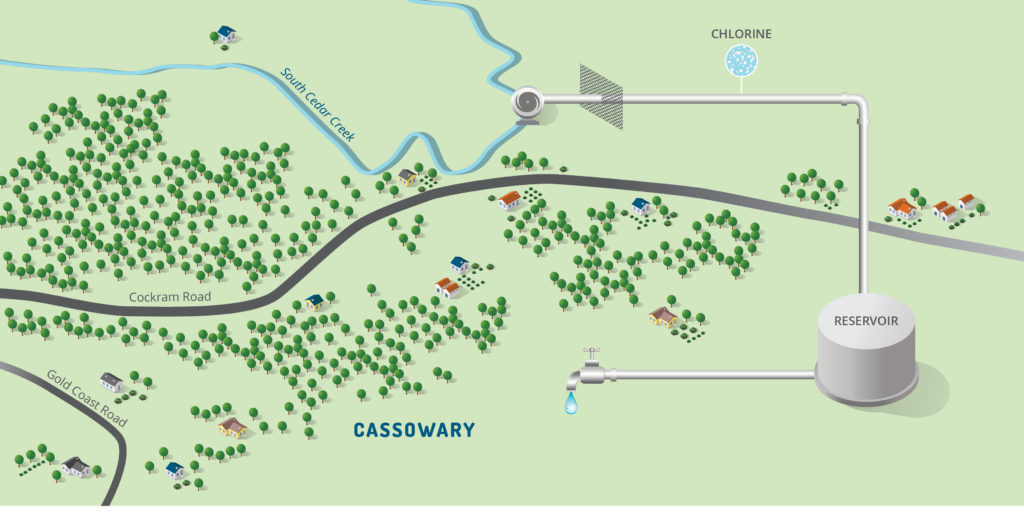
Water is supplied from South Cedar Creek. The water is screened and chlorinated before being delivered to reservoirs and properties.
After extreme weather events, high turbidity (cloudiness) means that chlorination is not effective and the Cassowary community is asked to reduce consumption so the stored and treated water is not depleted. If the stored supply runs out, boil water notices are issued.
A region-wide Water Supply Strategy has been developed with a $607,000 grant from the Queensland Department of State Development, Manufacturing, Infrastructure and Planning’s (DSDMIP’s) Maturing the Infrastructure Pipeline Program. The strategy has determined the most efficient and effective solution to improve the reliability of our water sources, meet water quality requirements in accordance with Australian Drinking Water Guidelines, and optimise our infrastructure to ensure potable water can be provided to the community at the lowest possible whole-of-life cost while meeting both current and future demands.
- Backup power installed for chlorination systems.
Subject to funding.
Short Term
- Implement water efficiency measures.
- Identify water treatment options to improve drinking water quality.
- Construct preferred option.
Long Term
- Implement demand management initiatives.
We are seeking funding to implement the recommendations in the Water Supply Strategy.
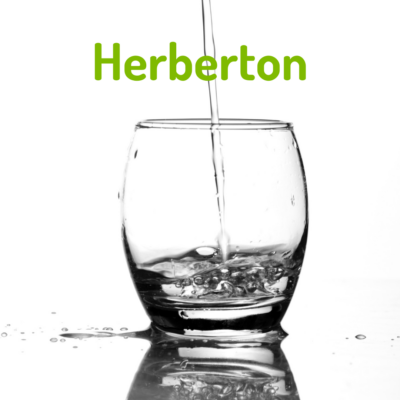
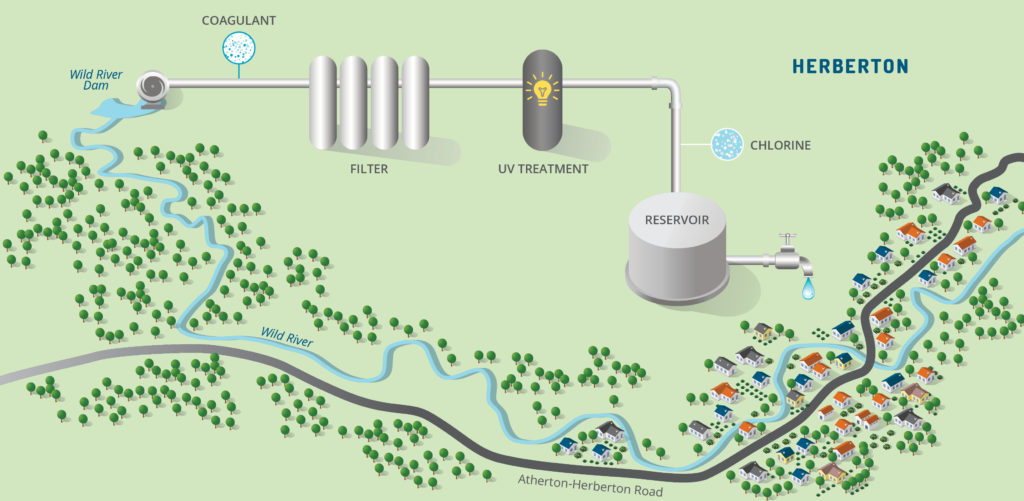
Water is supplied from the Wild River Dam. The water has coagulant added, is filtered, UV treated and chlorinated before being delivered to the reservoir and properties.
None! We received $2.3 million funding from Department of State Development, Manufacturing, Infrastructure and Planning through their Building Our Regions Fund as a contribution towards the upgrade of the Herberton Water Supply Scheme. A new water main, 2ML reservoir and full treatment facilities was commissioned in September 2019.
The Water Supply Strategy has been endorsed and we are now seeking funding to carry out its recommendations.

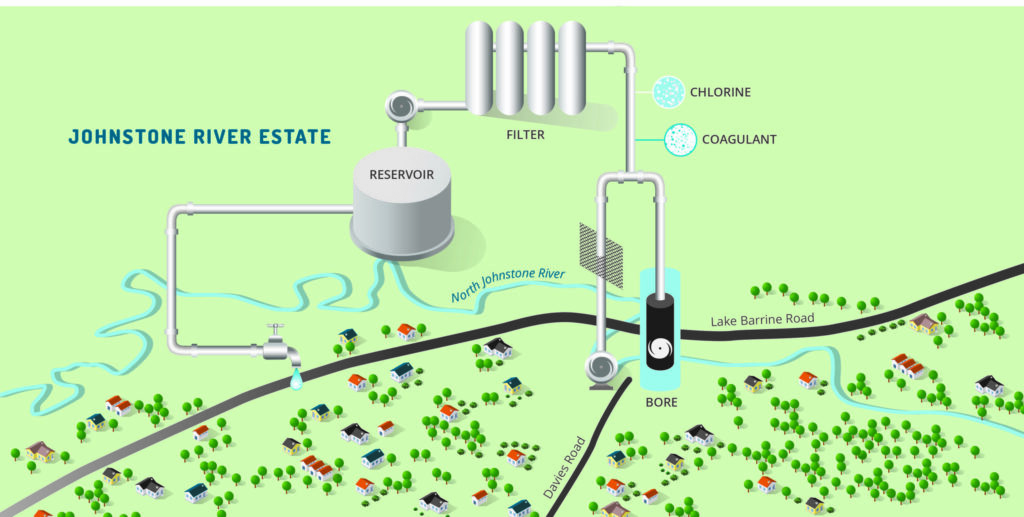
Water is supplied from the Johnstone River and a bore on Davies Road. Water from the river is screened. The sources are then combined and treated with a coagulant, chlorinated and filtered before being delivered to reservoirs and properties.
After extreme weather events, high turbidity (cloudiness) means that chlorination is not effective and properties are placed on boil water notices for extended periods of time. A lack of strategic planning and appropriate investment over time has raised questions over our ability to meet water quality requirements in accordance with Australian Drinking Water Guidelines, and to provide water to the community at the lowest possible whole-of-life cost while meeting current and future demands.
A region-wide Water Supply Strategy has been developed with a $607,000 grant from the Queensland Department of State Development, Manufacturing, Infrastructure and Planning’s (DSDMIP’s) Maturing the Infrastructure Pipeline Program. The strategy has determined the most efficient and effective solution to improve the reliability of our water sources, meet water quality requirements in accordance with Australian Drinking Water Guidelines, and optimise our infrastructure to ensure potable water can be provided to the community at the lowest possible whole-of-life cost while meeting both current and future demands.
- Condition assessment of the water treatment plant and reservoir.
- Improvements to chlorine and coagulant dosing.
- Improved telemetry, including installation of streaming current, to enhance remote monitoring.
- Installation of turbidity analysers.
- Davies Road bore taken offline due to quality concerns.
Subject to funding.
Short Term
- Implement water efficiency measures.
- Construction of pipework interconnection to Malanda.
- Upgrade chlorination system, if required.
- Decommission water treatment plant.
- Decommission remaining Davies Road bore.
Long Term
- Implement demand management initiatives.
$8.33M capital works project over two years
The Johnstone River and Peeramon water supply scheme will be connected to the Malanda water supply scheme to accommodate the rapid growth in the area. The project includes design and construction of a 3.19ML reservoir on Glen Allyn Road, and a 4km pipeline from the reservoir to the existing reservoir on Mathers Road.
FGF Developments Pty Ltd were awarded the contract for the project for $8,326,977.55 including GST in December 2023. The contract includes additional expenditure of up to $889,057.82 including GST for additional items that may be required during construction, and a contingency allowance of $1,249,046.63 for variations.
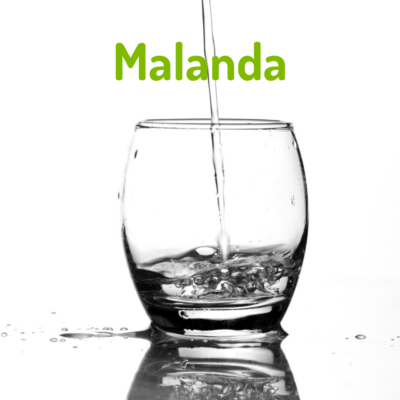
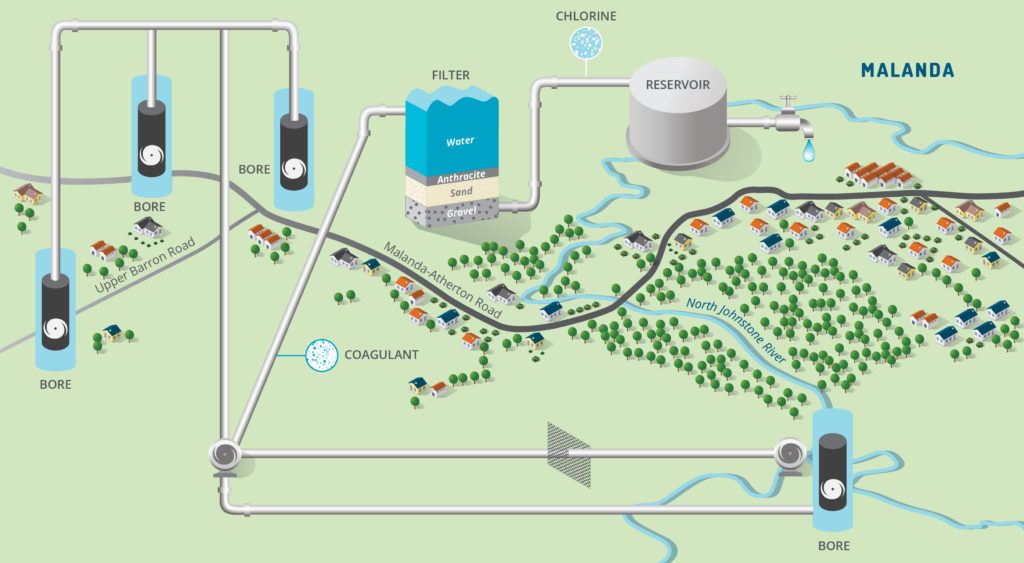
Water is supplied from the Johnstone River and bores on Upper Barron Road, Varley Road, and near the Cleminson Creek bridge and Johnstone River. Water from the river is screened. Both sources are treated with a coagulant, filtered and chlorinated before being delivered to reservoirs and properties.
A lack of strategic planning and appropriate investment over time has raised questions over our ability to meet water quality requirements in accordance with Australian Drinking Water Guidelines, and to provide water to the community at the lowest possible whole-of-life cost while meeting current and future demands.
A region-wide Water Supply Strategy has been developed with a $607,000 grant from the Queensland Department of State Development, Manufacturing, Infrastructure and Planning’s (DSDMIP’s) Maturing the Infrastructure Pipeline Program. The strategy has determined the most efficient and effective solution to improve the reliability of our water sources, meet water quality requirements in accordance with Australian Drinking Water Guidelines, and optimise our infrastructure to ensure potable water can be provided to the community at the lowest possible whole-of-life cost while meeting both current and future demands.
- Condition assessment of the water treatment plant and implementation of recommendations.
- New roof on high level reservoir.
- Cleaning of reservoirs.
- Condition assessment and refurbishment of Cleminson Creek and Johnstone River bores.
- Upgrade to chlorine and coagulant dosing pumps.
- Bore testing to review security of supply.
Subject to funding.
Short Term
- Implement water efficiency measures.
- Upgrade chlorination system, if required.
- Upgrade water treatment plant.
- Connection work to Davies Road system.
- Upgrade intake, if required.
Long Term
- Implement demand management initiatives.
We are seeking funding to implement the recommendations in the Water Supply Strategy.
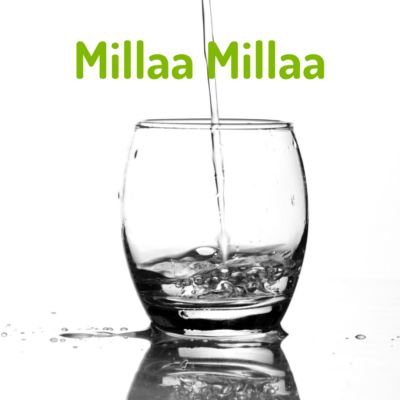
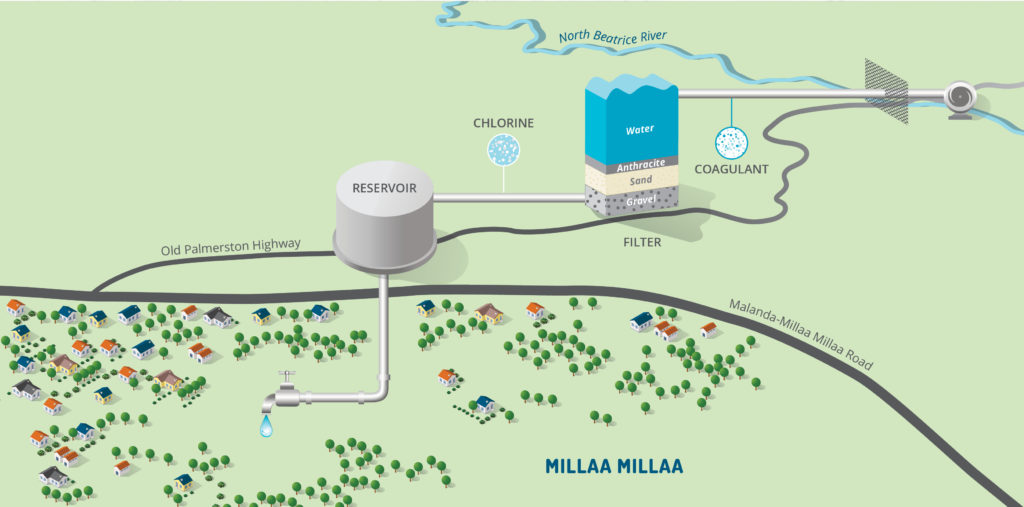
Water is supplied from the Beatrice River. After being screened, a coagulant is added and the water is filtered and chlorinated before being delivered to the reservoir and properties.
After extreme weather events, high turbidity (cloudiness) means that chlorination is not effective and the Millaa Millaa community is asked to reduce consumption so the stored and treated water is not depleted. If the stored supply runs out, boil water notices are issued.
A lack of strategic planning and appropriate investment over time has raised questions over our ability to meet water quality requirements in accordance with Australian Drinking Water Guidelines, and to provide water to the community at the lowest possible whole-of-life cost while meeting current and future demands.
A region-wide Water Supply Strategy has been developed with a $607,000 grant from the Queensland Department of State Development, Manufacturing, Infrastructure and Planning’s (DSDMIP’s) Maturing the Infrastructure Pipeline Program. The strategy has determined the most efficient and effective solution to improve the reliability of our water sources, meet water quality requirements in accordance with Australian Drinking Water Guidelines, and optimise our infrastructure to ensure potable water can be provided to the community at the lowest possible whole-of-life cost while meeting both current and future demands.
- Condition assessment of the water treatment plant.
- Cleaning of reservoir.
- Upgrade of chlorine and coagulant dosing pumps.
- Replacement of intake switchboard and remote monitoring controls and upgrade of power connection.
Subject to funding.
Short Term
- Upgrade water treatment plant.
- Upgrade existing intake, if required.
Long Term
- Implement demand management initiatives.
We are seeking funding to implement the recommendations in the Water Supply Strategy.
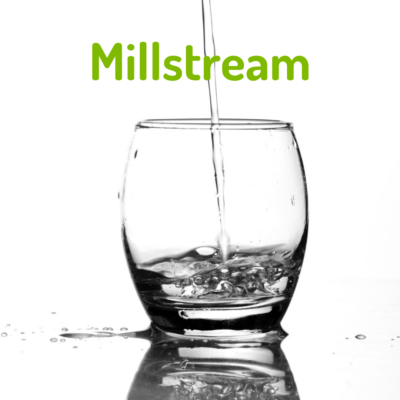
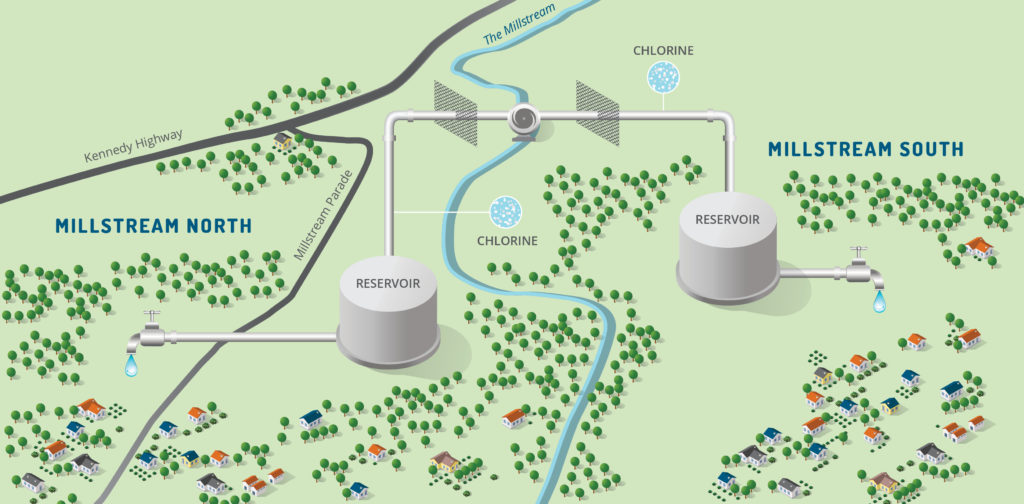
Water is supplied from The Millstream and is screened and chlorinated before being delivered to reservoirs and properties.
After extreme weather events, high turbidity (cloudiness) means that chlorination is not effective and properties are placed on boil water notices.
Construct a new reservoir, water treatment plant and booster pump station in Ravenshoe and connect Millstream water supply schemes to Ravenshoe scheme with 13km pipeline.
- 3.9ML reservoir was constructed at Ravenshoe.
- 13km pipeline from Ravenshoe to Millstream.
- Backup power installed for chlorination systems.
Subject to funding.
Short Term
- Implement water efficiency measures.
- Construct new water treatment plant and pump station in Ravenshoe (commenced).
- Replace ageing reservoir.
Long Term
- Implement demand management initiatives.
$17.3M capital works project
Proudly funded by the Queensland Government’s Works for Queensland and Local Government Grants and Subsidies and Building Our Regions Programs in association with Tablelands Regional Council.
A new reservoir, pipework and upgrades to intakes were completed in 2022. A 13km pipeline connecting Millstream to Ravenshoe was completed in 2024.
Construction of the water treatment plant and booster pump station has commenced.
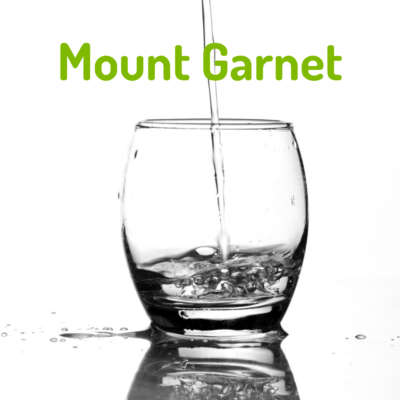
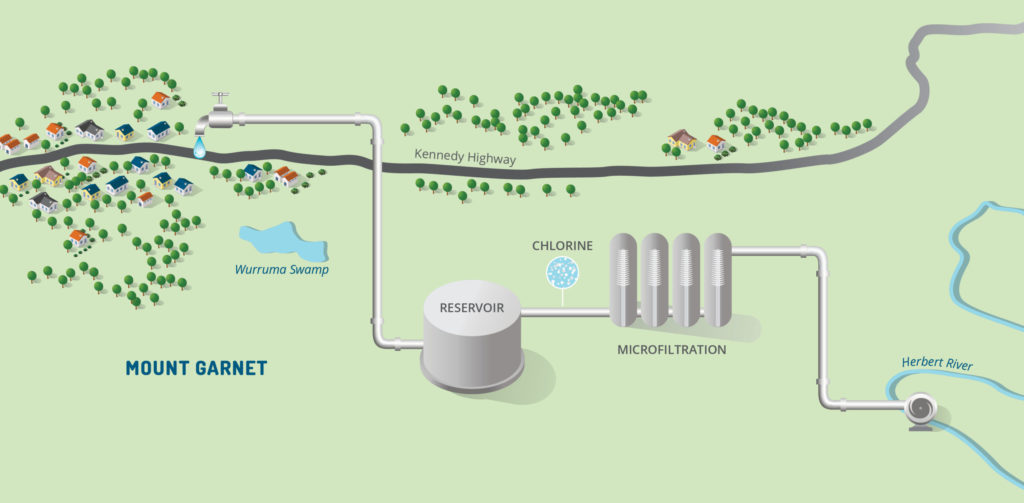
Water is supplied from the Herbert River and is chlorinated and filtered before being delivered to reservoirs and properties.
A lack of strategic planning and appropriate investment over time has raised questions over our ability to meet water quality requirements in accordance with Australian Drinking Water Guidelines, and to provide water to the community at the lowest possible whole-of-life cost while meeting current and future demands.
A region-wide Water Supply Strategy has been developed with a $607,000 grant from the Queensland Department of State Development, Manufacturing, Infrastructure and Planning’s (DSDMIP’s) Maturing the Infrastructure Pipeline Program. The strategy has determined the most efficient and effective solution to improve the reliability of our water sources, meet water quality requirements in accordance with Australian Drinking Water Guidelines, and optimise our infrastructure to ensure potable water can be provided to the community at the lowest possible whole-of-life cost while meeting both current and future demands.
- Chlorination of supply.
- Valve replacement.
- Improved telemetry to ensure accurate and timely information.
- Refurbished and repainted reservoir roof.
- Relined reservoir.
- Condition assessment of reservoirs.
- Membrane in filtration unit replaced.
Subject to funding.
Short Term
- Construct new reservoir.
Long Term
- Implement demand management initiatives.
- Condition assessment of Tabo Dam
- Tabo Dam upgrades as required.
We are seeking funding to implement the recommendations in the Water Supply Strategy.
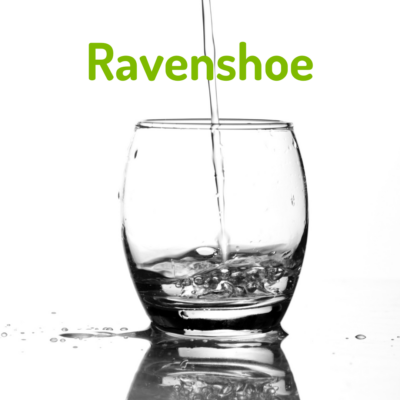
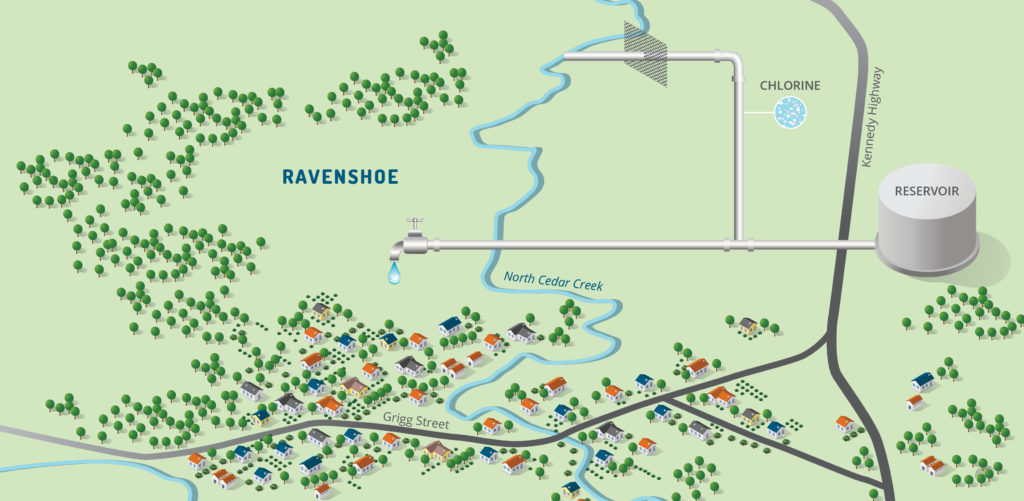
Water is supplied from North Cedar Creek and is screened before being chlorinated and delivered to reservoirs and properties.
After extreme weather events, high turbidity (cloudiness) means that chlorination is not effective and properties are placed on boil water notices for extended periods of time.
Construct a new reservoir and water treatment plant.
- New 3.9ML reservoir.
- Backup power installed for chlorination systems.
Subject to funding.
Short Term
- Construct new water treatment plant and booster pump station (commenced).
Long Term
- Implement demand management initiatives.
$17.3M capital works project
Proudly funded by the Queensland Government’s Works for Queensland and Local Government Grants and Subsidies and Building Our Regions Programs in association with Tablelands Regional Council.
A new reservoir, pipework and upgrades to intakes were completed in 2022. A 13km pipeline connecting Millstream to Ravenshoe was completed in 2024.
Construction of the water treatment plant and booster pump station has commenced.
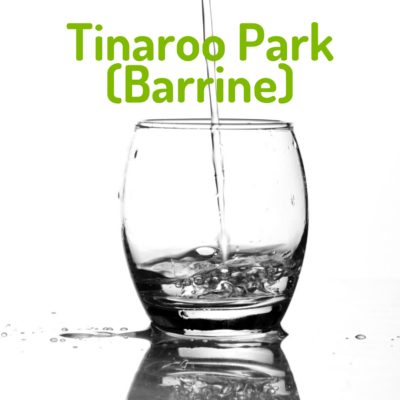
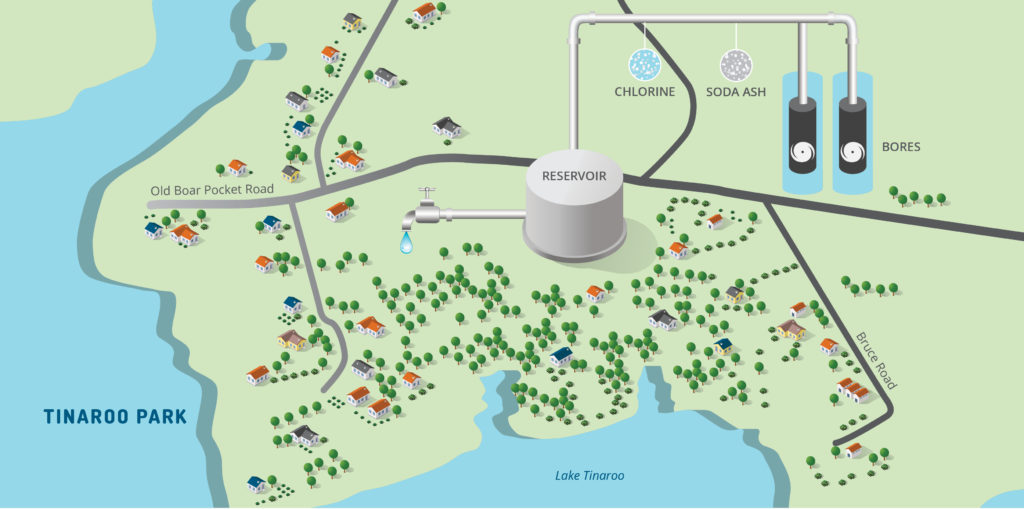
Water is supplied by two bores near Old Boar Pocket Road. Soda ash is added before the water is chlorinated and delivered to reservoirs and properties.
A lack of strategic planning and appropriate investment over time has raised questions over our ability to meet water quality requirements in accordance with Australian Drinking Water Guidelines, and to provide water to the community at the lowest possible whole-of-life cost while meeting current and future demands.
A region-wide Water Supply Strategy has been developed with a $607,000 grant from the Queensland Department of State Development, Manufacturing, Infrastructure and Planning’s (DSDMIP’s) Maturing the Infrastructure Pipeline Program. The strategy has determined the most efficient and effective solution to improve the reliability of our water sources, meet water quality requirements in accordance with Australian Drinking Water Guidelines, and optimise our infrastructure to ensure potable water can be provided to the community at the lowest possible whole-of-life cost while meeting both current and future demands.
- Condition assessment and cleaning of reservoir.
- Installation of chlorine analyser.
- Upgrade to chlorine dosing facilities to enhance treatment.
Subject to funding.
Short Term
- Upgrade chlorination system, if required.
- Review bore level and pumping results to ensure design capacity.
Long Term
- Implement demand management initiatives.
We are seeking funding to implement the recommendations in the Water Supply Strategy.
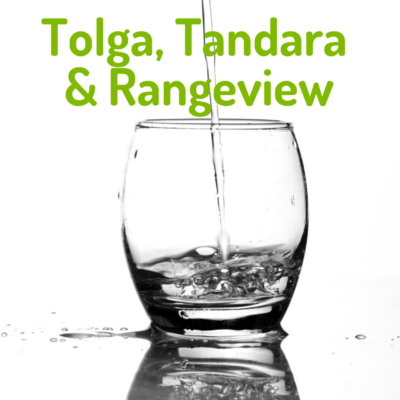
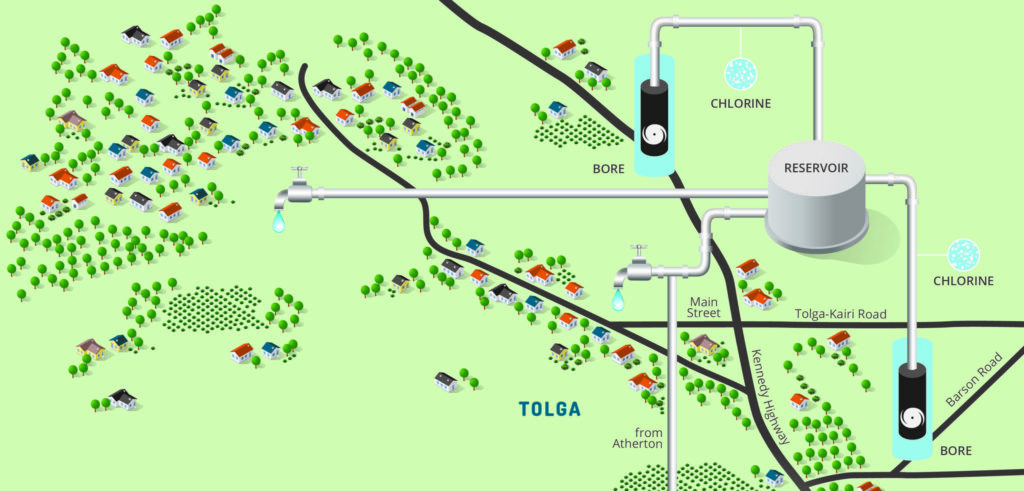
Water is supplied from bores on Barson Road and at Morrow Park, and from Atherton. The water is chlorinated before being delivered to reservoirs and properties.
A lack of strategic planning and appropriate investment over time has raised questions over our ability to meet water quality requirements in accordance with Australian Drinking Water Guidelines, and to provide water to the community at the lowest possible whole-of-life cost while meeting current and future demands.
A region-wide Water Supply Strategy has been developed with a $607,000 grant from the Queensland Department of State Development, Manufacturing, Infrastructure and Planning’s (DSDMIP’s) Maturing the Infrastructure Pipeline Program. The strategy has determined the most efficient and effective solution to improve the reliability of our water sources, meet water quality requirements in accordance with Australian Drinking Water Guidelines, and optimise our infrastructure to ensure potable water can be provided to the community at the lowest possible whole-of-life cost while meeting both current and future demands.
$3.9M from the Local Government Grants and Subsidies Program, combined with $3.41M from Works for Queensland and $1M from TRC is funding the Water Quality Improvement Plan.
- New roofs on Tandara reservoir
- Condition assessment on reservoirs.
- New inlet for Tandara reservoir.
- Baron Road bore building replaced.
- Water network model udated.
- Review of future demands (to 2041).
Subject to funding.
Short Term
- Investigate new bore field in northwest zone of Atherton Groundwater Management Area.
- Apply for new bore water allocations to new bore field subject to successfully finding suitable bore supplies.
- Water network upgrades to cater for population growth.
Long Term
- Transfer of surface water allocations (Scrubby Creek to Picnic Crossing).
- Design and build new water treatment plant in Atherton (post 2041).
- Design and build new water intake at Picnic Crossing and pipeline to water treatment plant in Atherton (post 2041).
- Extend pipeline from Upper Barron to new water treatment plant in Atherton (post 2041).
- Commission new water treatment plant in Atherton (post 2041).
- Implement demand management initiatives.
We are seeking funding to implement the recommendations in the Water Supply Strategy.
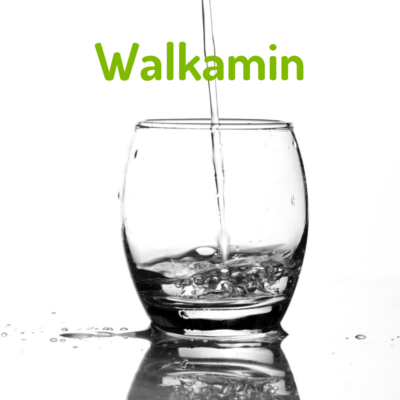
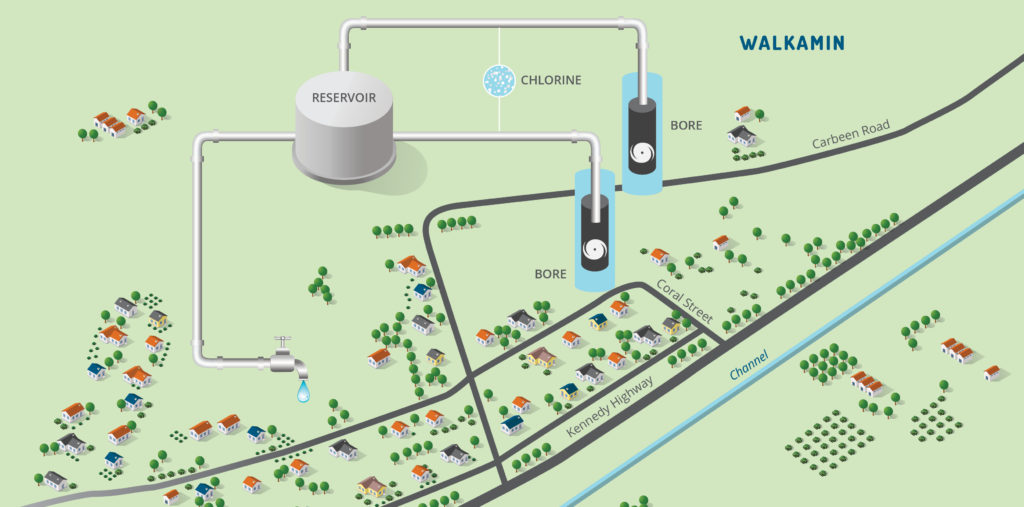
Water is supplied from bores in Carbeen Road and Coral Street. It is chlorinated before being delivered to reservoirs and properties.
A lack of strategic planning and appropriate investment over time has raised questions over our ability to meet water quality requirements in accordance with Australian Drinking Water Guidelines, and to provide water to the community at the lowest possible whole-of-life cost while meeting current and future demands.
A region-wide Water Supply Strategy has been developed with a $607,000 grant from the Queensland Department of State Development, Manufacturing, Infrastructure and Planning’s (DSDMIP’s) Maturing the Infrastructure Pipeline Program. The strategy has determined the most efficient and effective solution to improve the reliability of our water sources, meet water quality requirements in accordance with Australian Drinking Water Guidelines, and optimise our infrastructure to ensure potable water can be provided to the community at the lowest possible whole-of-life cost while meeting both current and future demands.
- New reservoirs.
- Improvements to pipework configuration.
- Upgrade to chlorine dosing pump and lines.
- Flow meter renewed to enhance site controls.
- New bore installed and old bore decommissioned.
Subject to funding.
Short Term
- Upgrade chlorination system, if required.
Long Term
- Install new bore if required.
- Review of bore level and pumping results to ensure design capacity.
- Implement demand management initiatives.
We are seeking funding to implement the recommendations in the Water Supply Strategy.

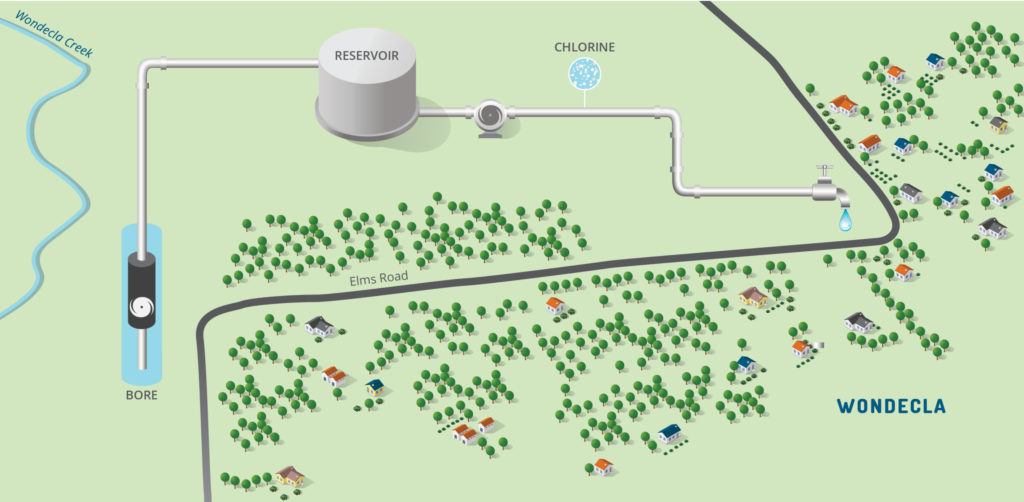
Water is supplied from a bore on Elms Road and is chlorinated before being delivered to the reservoir and properties.
A lack of strategic planning and appropriate investment over time has raised questions over our ability to meet water quality requirements in accordance with Australian Drinking Water Guidelines, and to provide water to the community at the lowest possible whole-of-life cost while meeting current and future demands.
A region-wide Water Supply Strategy has been developed with a $607,000 grant from the Queensland Department of State Development, Manufacturing, Infrastructure and Planning’s (DSDMIP’s) Maturing the Infrastructure Pipeline Program. The strategy has determined the most efficient and effective solution to improve the reliability of our water sources, meet water quality requirements in accordance with Australian Drinking Water Guidelines, and optimise our infrastructure to ensure potable water can be provided to the community at the lowest possible whole-of-life cost while meeting both current and future demands.
- Chlorination of supply to improve level of service.
- Condition assessment, refurbishment and cleaning of reservoir.
- Options analysis for replacement reservoir.
Subject to funding.
Short Term
- Construct new reservoir.
Long Term
- Implement demand management initiatives.
We are seeking funding to implement the recommendations in the Water Supply Strategy.
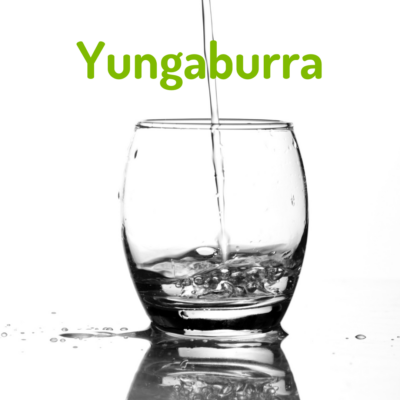
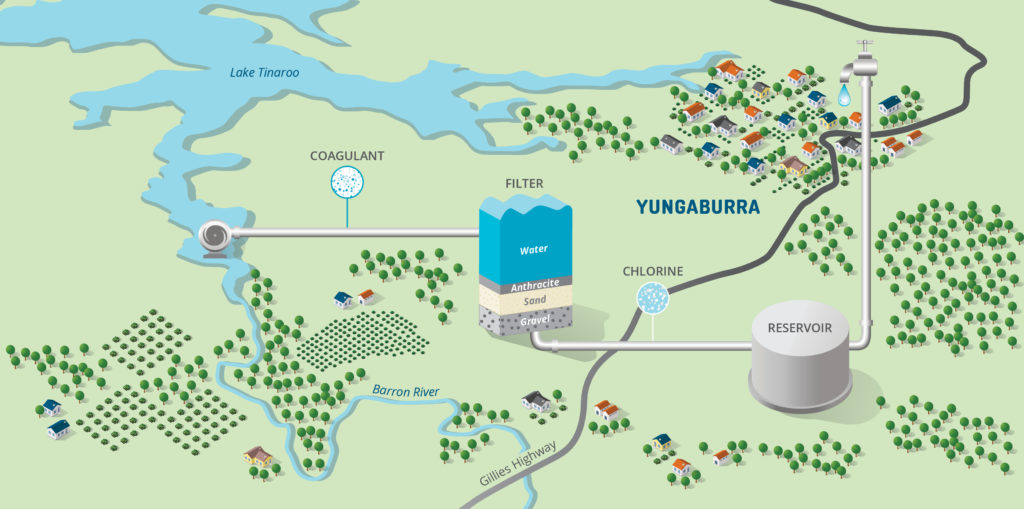
Water is supplied from Lake Tinaroo. A coagulant is added and the water is filtered and chlorinated before being delivered to reservoirs and properties.
After extreme weather events, high turbidity (cloudiness) means that chlorination is not effective and the Yungaburra community is asked to reduce consumption so the stored and treated water is not depleted. If the stored supply runs out, boil water notices are issued. Lake Tinaroo is a large water body so it takes an extended period of poor weather for conditions to deteriorate sufficiently to affect chlorination.
A lack of strategic planning and appropriate investment over time has raised questions over our ability to meet water quality requirements in accordance with Australian Drinking Water Guidelines, and to provide water to the community at the lowest possible whole-of-life cost while meeting current and future demands.
Four-year project to identify and meet future water requirements in Yungaburra due to rapid growth. Improvements include a new water intake (pontoon, pipes, pump and wiring), and water treatment plant and supply upgrades.
- Condition assessment of the water treatment plant.
- Cleaning of reservoirs.
- Ongoing improvements to reservoir pipes.
- Improvements to chlorine and coagulant dosing.
- Installation of turbidity analysers and monitoring device.
- Integration of analysers to remote monitoring system.
- Upgraded intake pump on pontoon.
- Review of future infrastructure upgrades.
- Water allocation transferred from dam wall to intake.
Subject to funding.
Short Term
- Construct additional reservoir (~2030).
- Install UV disinfection at water treatment plant.
- Complete replacement of intake pontoon, pumps and pipelines.
Long Term
- Implement demand management initiatives.
Four-year project to identify and meet future water requirements in Yungaburra due to rapid growth. Improvements include a new water intake (pontoon, pipes, pump and wiring), and water treatment plant and supply upgrades.
Contract T-TRC2023-15 for the replacement of the raw water intake was awarded to Civil Plus Constructions Pty Ltd for $3,248,808.85 including GST. The contract includes additional expenditure of up to $380,868.64 including GST for additional items that may be required during design and construction, and a contingency allowance of $487,321.33 for variations. The project is for the detailed design, construction and replacement of the water intake pontoon on Lake Tinaroo and associated infrastructure.
Construction will commence in early July and should be complete by October.
This project is proudly funded by the Queensland Government’s Local Government Grants Subsidy Program in association with TRC.

